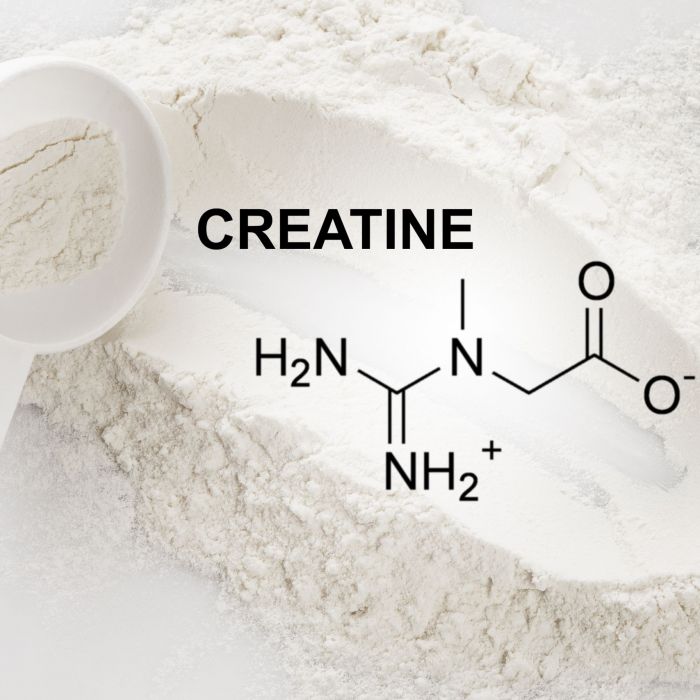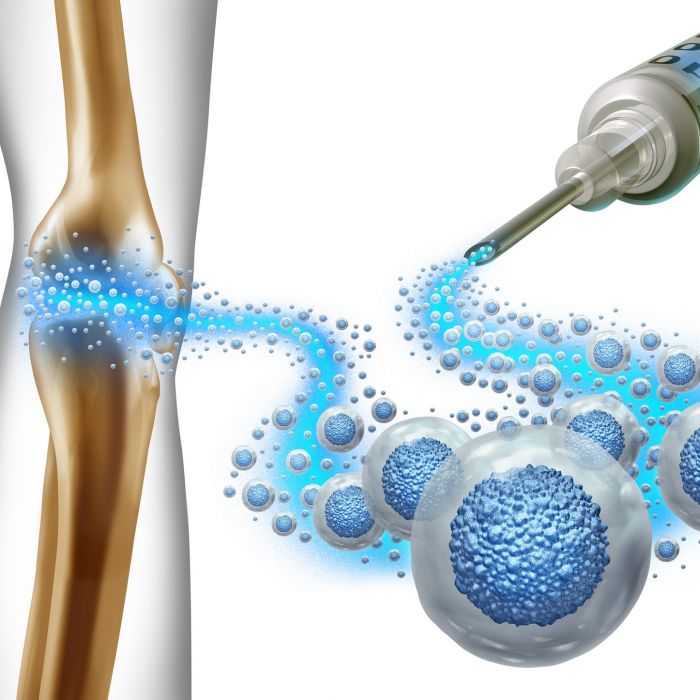The Benefits of Exercise for Menopause
Going through menopause can often be a very challenging part of a woman’s life. Menopausal symptoms can be severe and disruptive to one’s daily activities and overall quality of life.
Regular physical activity is crucial for menopausal and postmenopausal women. As women age and their hormone levels change, the risk of developing a chronic condition such as cardiovascular disease, type 2 diabetes, autoimmune diseases, osteoporosis, and cancer, is greatly increased.
According to the Centers For Disease Control, regular exercise helps reduce stress, improves the overall quality of life, and helps to prevent weight gain and muscle loss, which are the most frequently reported side effects of menopause.
An article published by the European Menopause and Andropause Society discussed the benefits of exercise on specific menopausal symptoms. For example, a group of menopausal women aged 55–72 who were involved in an exercise program of 3 hours per week for 12 months, experienced significant improvements in physical and mental health, with an increase in overall quality of life when compared to those who were sedentary.
A study published in the journal Mauritas reported that women who participated in regular physical activity were 49% less likely to report hot flashes than those whose exercise levels had decreased.
They also concluded that sedentary women who were given an aerobic exercise regimen for 6 months reported a decrease in the frequency of hot flashes (Strojanovska, 2014). Therefore, exercise can be considered an important factor in alleviating menopause symptoms.
Learn More: Coping with Menopause
Exercise in Menopausal Women (Mayo Clinic, 2016):
- Prevents weight gain
- Women are more likely to gain abdominal fat and lose muscle mass during and after menopause. Being physically active will help prevent weight gain and increase muscle mass.
- Reduces risk of osteoporosis
- Exercise can slow bone loss after menopause.
- Improves mood
- Physically active adults have a lower risk of depression and cognitive decline.
- Decreases risk of chronic conditions
- Maintaining a healthy weight will help prevent the development of chronic diseases such as Type II Diabetes and cardiovascular disease.
Exercise Recommendations:
- Aerobic training: 150 minutes of moderate aerobic activity or 75 minutes of vigorous aerobic exercise per week for cardiovascular health
- Moderate intensity aerobic exercise is when you are working hard enough to raise your heart rate, 60-70% of target heart rate, and begin sweating – you should be able to talk, but unable to sing the words to a song
- Ex: Walking very briskly (4 mph), heavy cleaning (washing windows, vacuuming, mopping), mowing lawn, bicycling (10-12 mph)
- Vigorous intensity aerobic exercise is when you are breathing hard and fast with a significant increase in heart rate, 70-80% of target heart rate.
- Ex: Hiking, Jogging at 6 mph, Shoveling, Carrying heavy loads, Bicycling fast (14-16 mph)
- Moderate intensity aerobic exercise is when you are working hard enough to raise your heart rate, 60-70% of target heart rate, and begin sweating – you should be able to talk, but unable to sing the words to a song
- Strength training: 10-15 minutes, 3-4x per week to build bone and muscle strength to increase metabolism and aid in fat loss.
References:
Stojanovska, L. (2014). To exercise, or, not to exercise, during menopause and beyond. Mauritas, 77, 318-323.








